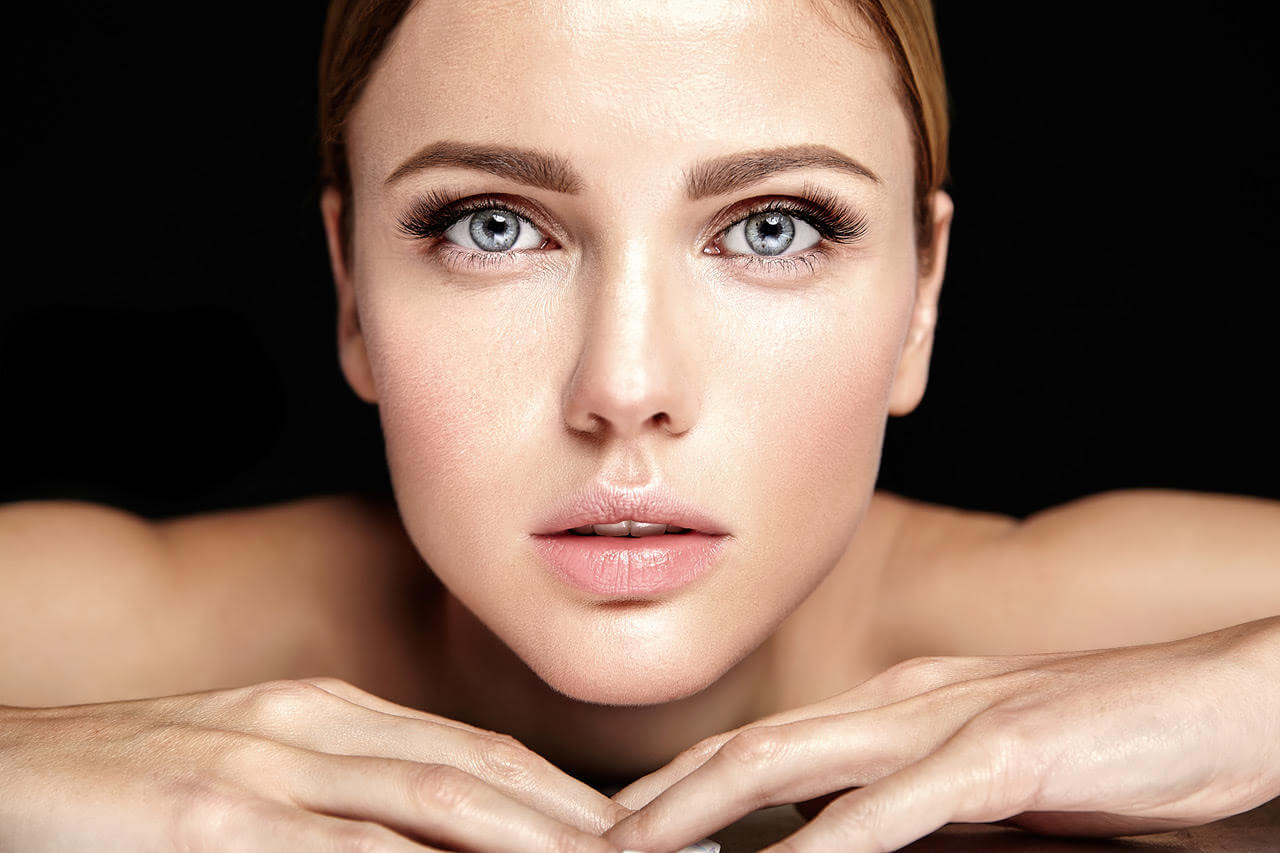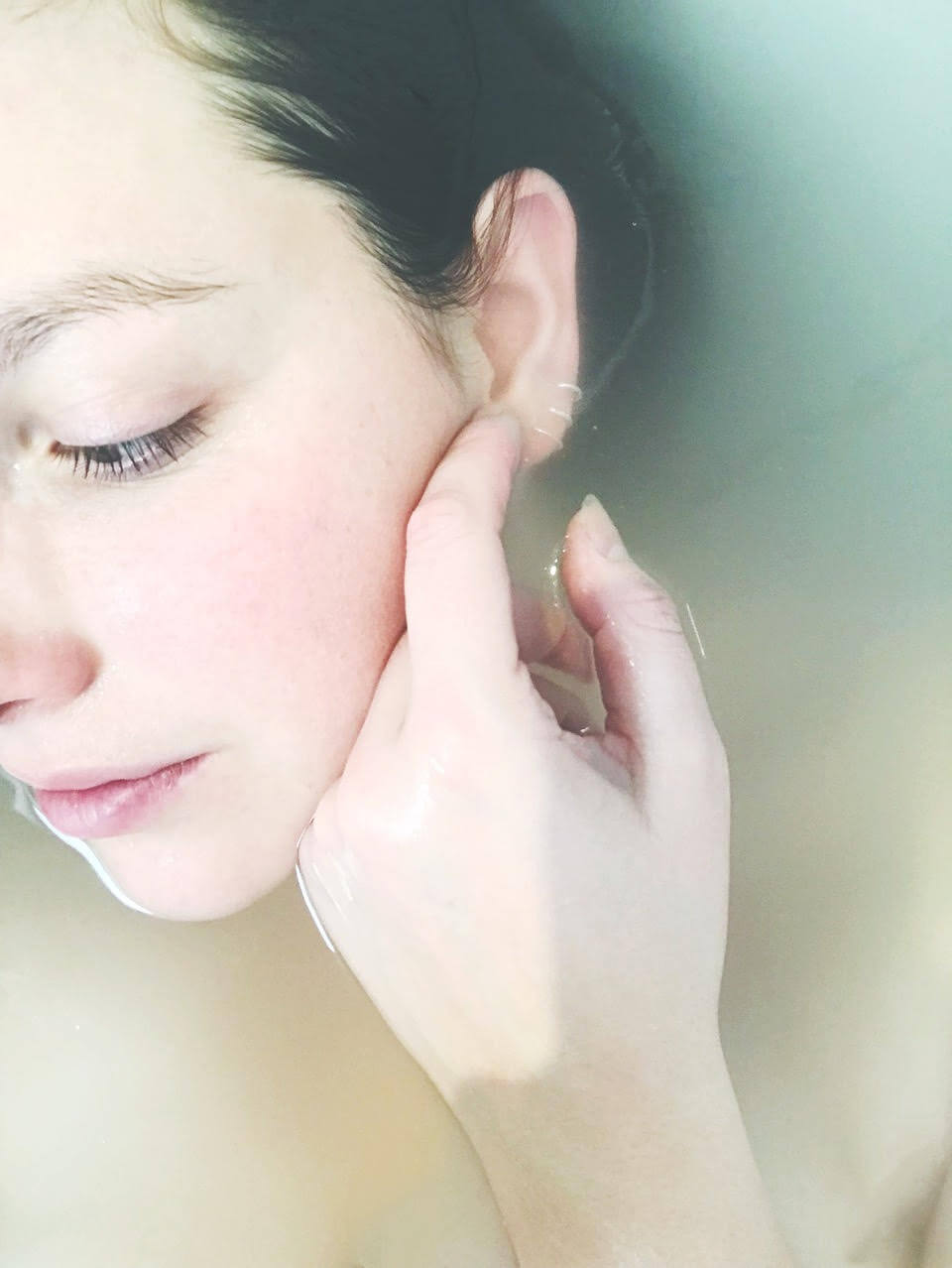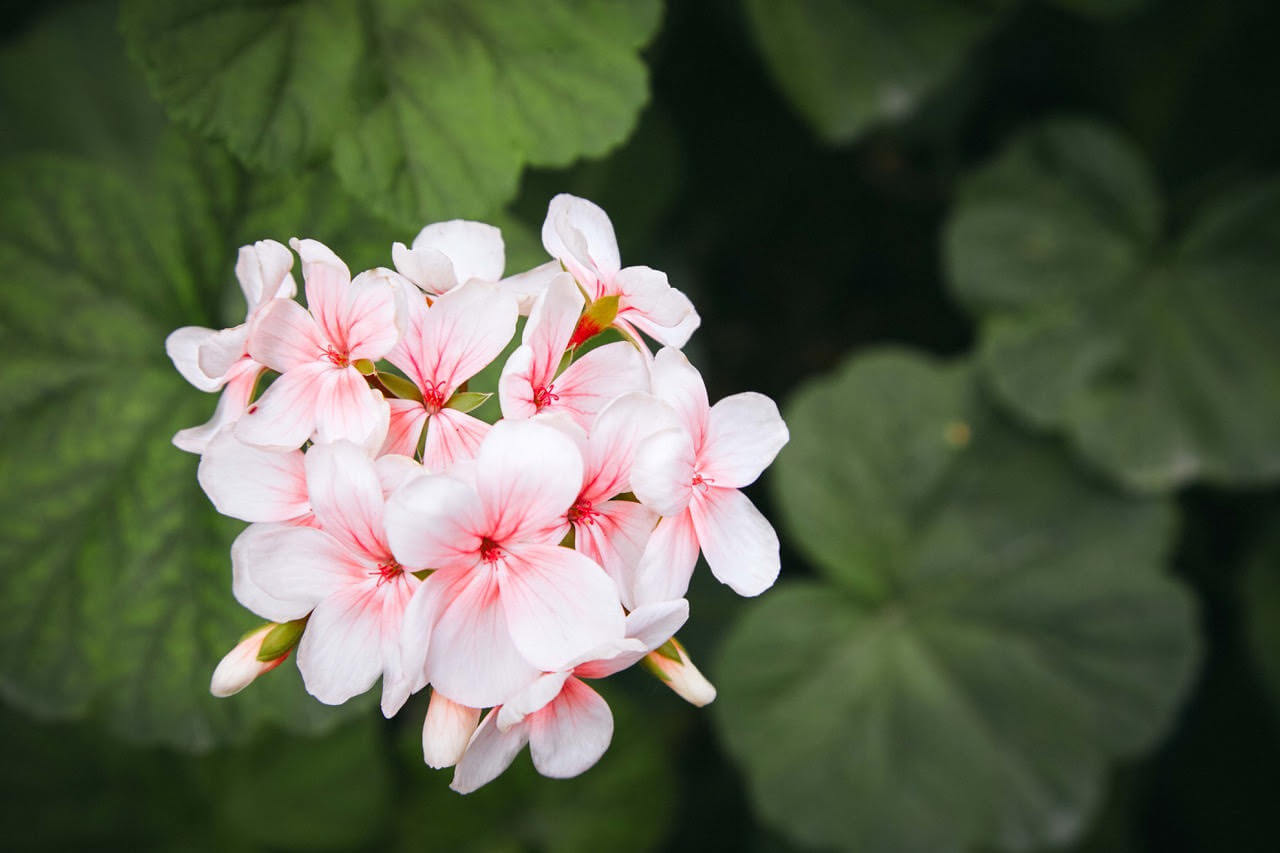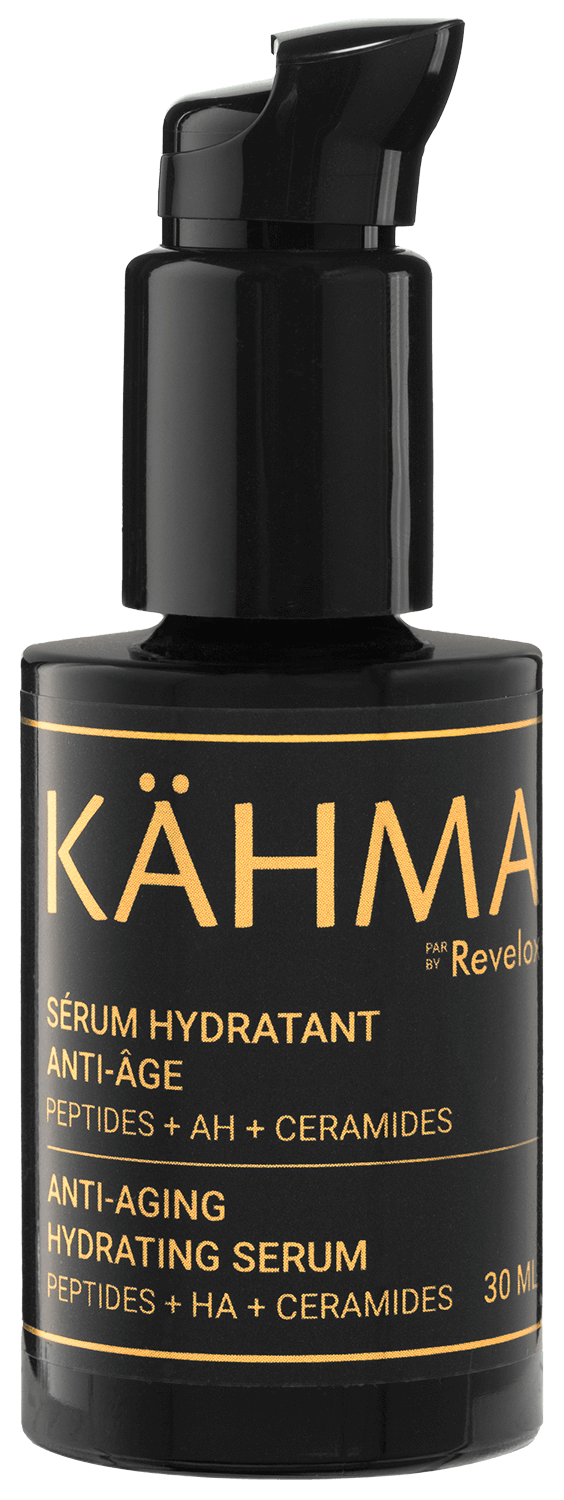Aloe vera has been used by cultures around the world for centuries. In fact, its use as a food and a medicinal plant can be traced back over 6,000 years to ancient Egypt.
Aloe vera contains dozens of phytonutrients and has proven to be an aid for everything from arthritis to GI issues. But skin health is what aloe vera is especially known for, however. The way it is able to soothe, moisturize, and repair the skin as well as help with common conditions such as eczema and psoriasis is well proven in research as well. Read on to learn more about how this humble desert plant can help you have vibrant, healthy, younger looking skin!
Unique Properties of Aloe Vera
Aloe vera is a hardy plant that grows best in warm, semi-tropical climates. India, Africa, and certain areas of Mexico host it naturally as do areas in the south western U.S. and California. Other names for Aloe Barbadensis are “lily of the desert” and “elephant’s gall.”
Today, you can get aloe vera in gel form as a moisturizer at most natural health stores, and even some conventional drug stores. Although if you’ve ever seen actual aloe vera up close, what probably stood out the most was the plant’s fat, waxy, green-gray leaves [1].
As a succulent, aloe vera stores a lot of water. There is more than H2O in those long, saw-toothed leaves, however. If you have ever broken an aloe leaf open, you may notice that inside is a gooey gel-like substance.
Within aloe vera gel are over 70 different “active ingredients” beneficial for the skin.
These include vitamin C, an absolutely essential antioxidant for protection and collagen production. And according to the Linus Pauling Institute, two of the most important minerals for skin health are zinc and selenium, which the aloe vera leaf has in abundance [2].
Aloe vera also has dozens of other phytonutrients that are designed to hold in moisture, protect, provide nourishment, keep pathogens at bay, and lower inflammation [3].
Let’s dive into some of those substances now and find out why so many experts have called aloe vera a “superfood for the skin!”

Within aloe vera gel are over 70 different “active ingredients” beneficial for the skin.
Antioxidants in Aloe for Inflammation
It is pretty well accepted amongst dermatologists that getting enough antioxidants in your diet (including topically) can add significantly to skin health.
Antioxidants help fight free radical damage that come from sun exposure, from toxins in the air, water, and food, and from stress in general. A comprehensive review of the literature conducted by researchers at Loma Linda University Medical Center found that antioxidants obtained by whole foods can “affect… intracellular signalling pathways involved in skin damage.” They also found that antioxidants can protect against “photo damage, as well as preventing wrinkles and inflammation.”[4]
Aloe contains dozens of antioxidant-rich phytonutrients. According to a 2013 study, “phenolic acids/polyphenols, phytosterols, fatty acids, indoles, alkanes, pyrimidines, alkaloids, organic acids, aldehydes, dicarboxylic acids, ketones, and alcohols” are all antioxidant compounds found in aloe vera [5]. Wow!
All this antioxidant activity is also why aloe vera has been shown to be so beneficial for wound healing and for healing from first and second-degree burns. A 2019 systematic review found that, compared to conventional medication, applying aloe vera to a burn can reduce healing time by over a week [6].
The antioxidant components in aloe vera are also the main reasons why the United States Pharmacopeia, an “independent, scientific non profit organization focused on building trust in the supply of safe, quality medicines,” included aloe vera as a skin protectant as early as 1810 [7].
Studies Show: Aloe Vera Can Help with Serious Skin Challenges
Acne affects more than 50 millions people in the USA each year. It is the most common skin condition in America, according to the American Academy of Dermatology [8]. In addition, close to 8 million Americans suffer from psoriasis, which is an inflammatory skin condition characterized by scaliness, dryness, and raised red patches.
Studies show aloe vera moisturizer can help with the redness, cracking, inflammation, blistering and even itching associated with these conditions. One of the reasons is because many of the polyphenol antioxidant compounds found in aloe have anti-bacterial, anti-viral, and antiseptic properties too. This means that they can act to stop infections that may develop on the skin’s layers.
Studies show aloe vera moisturizer can help with the redness, cracking, inflammation, blistering and even itching associated with these conditions.

Aloe’s fatty acid content makes it a formidable anti-inflammatory as well. According to a 2019 multi-country European study, aloe vera contains 18 unique fatty acid compounds [9].
Aloe Vera and Eczema
Another common skin condition that aloe can help with is eczema. Close to one in 10 Americans will develop some form of eczema in their lifetime [10]. Also called atopic dermatitis, eczema is characterized by red patches, dryness and especially itching. Several studies have found that the antioxidant, anti-inflammatory, and anti-bacterial characteristics in aloe can help prevent further infection and flare-ups and can calm itching in eczema patients.
Aloe’s ability as a moisturizer is one of the reasons why it is so effective for eczema. A 2010 Korean mouse model study found that aloe applied topically to eczema lesion areas helped modulate inflammatory mechanisms and cytokines in the immune system [11].
Aloe Anti-Aging with Alpha Hydroxy Acid (AHA)
Even if you don’t have a serious skin condition, aloe vera is an all-around elixir for anyone who wants younger-looking skin (and, seriously, who doesn’t?).
Evidence suggests that applying aloe can potentially slow down aging in the skin. A 2009 report published in the Annals of Dermatology found that women over 45 who used aloe vera had decreased facial wrinkles, increased collagen production, and improved skin elasticity [12].
Aloe vera also contains alpha hydroxy acids, or AHAs. AHAs help to keep harmful toxins and pathogens out while keeping moisture in. A 2006 clinical trial on Japanese women found that AHAs helped to “rejuvenate photo-aged skin” and even out pigmentation. Interestingly, the researchers also found that AHAs helped to accelerate a skin cell process called desquamation. This is the cycle of skin cell creation, dying, sloughing off, and new cell replacement that happens in the epidermis [13].
Want Younger Looking Skin? Choose HydraLux Serum with Aloe Vera!
There are so many options out there these days for products that claim to refresh, moisturize, and rejuvenate the skin. Why not choose one that has whole food-based substances like aloe vera in it as well as science behind it?
Revelox HydraLux Serum is such a product. It contains the highest quality ingredients, including organically-sourced aloe vera, with hyaluronic acid, geranium extract, and others.

Revelox HydraLux Serum is such a product. It contains the highest quality ingredients, including organically-sourced aloe vera, with hyaluronic acid, geranium extract, and others.
If you want plump, youthful-looking skin free of blemishes and discolouration, choose a product that contains antioxidant-rich ingredients such as hyaluronic acid and aloe vera in one bottle. Revelox HydraLux Serum with plant extract is a product your skin shouldn’t be without!
- Aloe vera is a well-known medicinal plant used as a moisturizer and skin healer around the globe for centuries.
- Studies have shown that aloe vera gel has over 70 active ingredients that are beneficial for your skin.
- Aloe contains dozens of antioxidant-rich phytonutrients, and has been clinically proven to reduce burn healing time by a week or more.
- Aloe vera moisturizer can help with the redness, cracking, inflammation, blistering and even itching associated with conditions like acne or psoriasis.
- Aloe has been found to help prevent further infection and flare-ups and can calm itching in eczema patients.
- The alpha hydroxy acids, or AHAs in aloe vera have anti-aging properties, helping keep toxins out of the skin, while keeping moisture in.
- Revelox HydraLux Serum contains organic aloe vera, as well as other natural ingredients designed to enhance its powers to refresh, moisturize, and protect your skin.
[1] NIH – Aloe Vera – https://www.nccih.nih.gov/health/aloe-vera
[2] Minerals and Skin Health – https://lpi.oregonstate.edu/mic/health-disease/skin-health/minerals
[3] ALOE VERA: A SHORT REVIEW – https://www.ncbi.nlm.nih.gov/pmc/articles/PMC2763764/
[4] Systemic antioxidants and skin health – https://pubmed.ncbi.nlm.nih.gov/23135663/
[5] Antibacterial activities and antioxidant capacity of Aloe vera – https://www.ncbi.nlm.nih.gov/pmc/articles/PMC3729540/
[6] The Effect of Aloe Vera Clinical Trials on Prevention and Healing of Skin Wound: A Systematic Review – https://www.ncbi.nlm.nih.gov/pmc/articles/PMC6330525/
[7] Twenty years of research on Aloe vera – https://www.researchgate.net/publication/334227062_Twenty_years_of_research_on_Aloe_vera
[8] SKIN CONDITIONS BY THE NUMBERS – https://www.aad.org/media/stats-numbers
[9] Compositional Features and Bioactive Properties of Aloe vera Leaf (Fillet, Mucilage, and Rind) and Flower – https://www.mdpi.com/2076-3921/8/10/444/htm
[10] Eczema Stats – https://nationaleczema.org/research/eczema-facts/
[11] Effects of Scutellariae radix and Aloe vera gel extracts on immunoglobulin E and cytokine levels in atopic dermatitis NC/Nga mice – https://pubmed.ncbi.nlm.nih.gov/20817082/
[12] Dietary Aloe Vera Supplementation Improves Facial Wrinkles and Elasticity and It Increases the Type I Pro collagen Gene Expression in Human Skin in vivo – https://www.ncbi.nlm.nih.gov/pmc/articles/PMC2883372/
[13] Effects of alpha-hydroxy acids on the human skin of Japanese subjects: the rationale for chemical peeling – https://pubmed.ncbi.nlm.nih.gov/16469079/
Recommended product

Anti-aging hydrating serum
Protects the skin against aging, and genetic and environmental stressors.